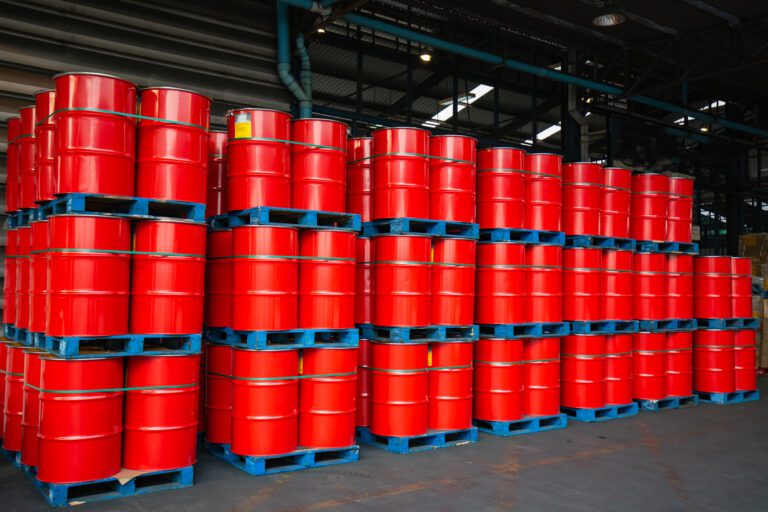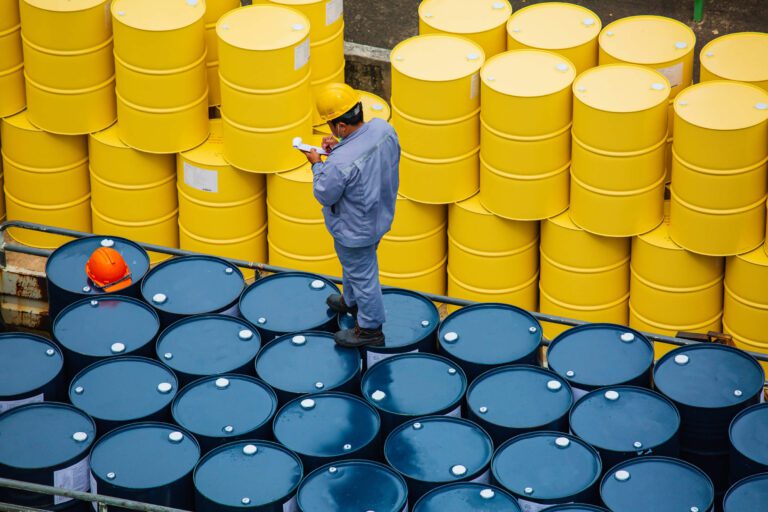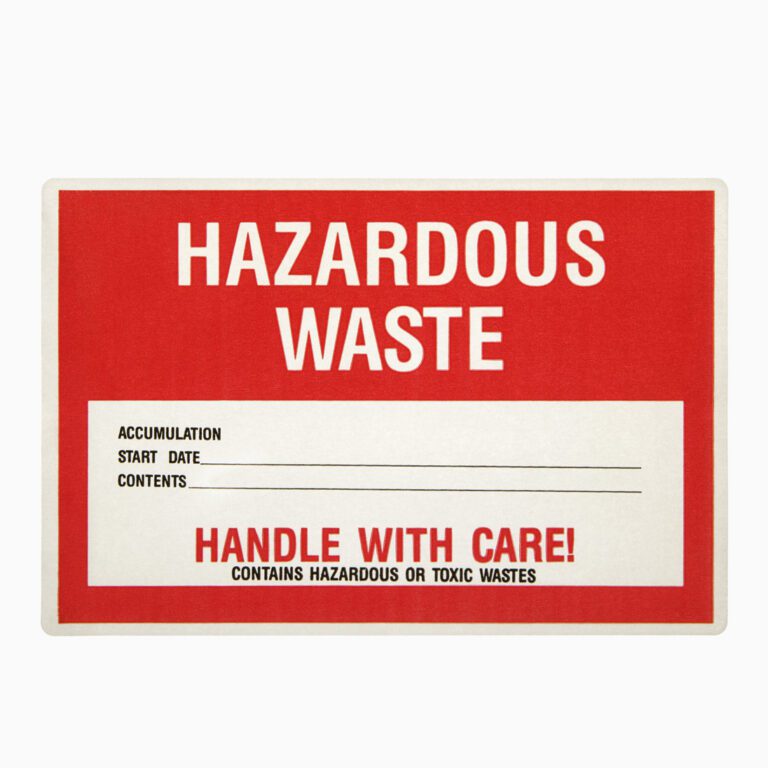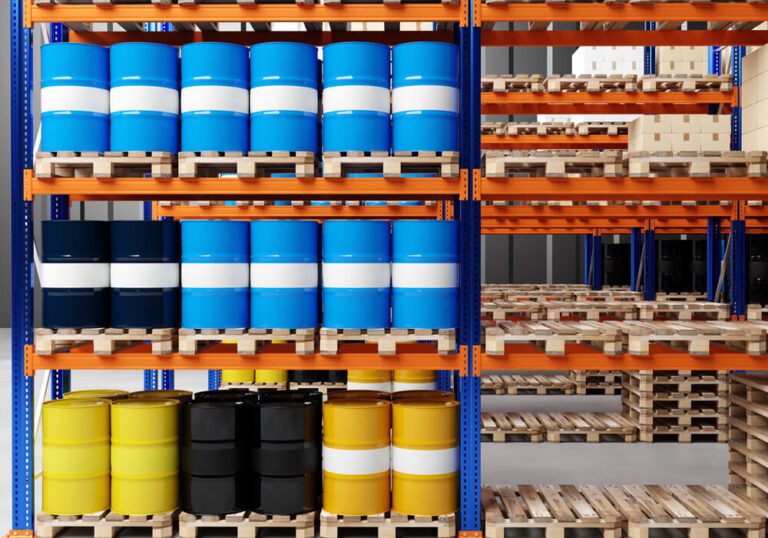
How To Manage and Reduce Hazmat Storage Risks
August 15, 2024
Whether you have chemicals that are the virgin constituents of a process, the useful byproducts of that process, or its […]
Continue reading
August 15, 2024
Whether you have chemicals that are the virgin constituents of a process, the useful byproducts of that process, or its […]
Continue reading
July 31, 2024
In the past, TSDFs (treatment, storage, and disposal facilities) would try to accommodate hazmat generators if and when they made […]
Continue reading
July 17, 2024
Leftover paints are considered a hazardous waste because their chemical constituents can cause physical injury if they leak into the […]
Continue reading
June 12, 2024
For the benefit of firefighters and other first responders, hazmat transporters are required to label and or “mark” their loads […]
Continue reading
May 21, 2024
Whether in garages or on the road, trucking and logistics firms will episodically require hazardous waste management to deal with […]
Continue reading
April 30, 2024
Large distribution facilities (e.g., an Amazon or Walmart warehouse hub) can sometimes require expert advice & help with hazardous waste […]
Continue reading
April 24, 2024
This blog entry discusses both EPA and DOT rules for labeling & marking hazardous waste containers. Q&As include: What are […]
Continue reading
April 10, 2024
Delve into the world of CERCLA Superfund liabilities with this comprehensive blog entry. From its inception to potential liabilities and delisting from the National Priorities List, get expert insights and advice on navigating hazmat issues.
Continue reading
March 20, 2024
Hazardous waste in educational institutions poses significant health and safety risks. To combat these dangers, schools must adhere strictly to waste regulations by training staff, conducting regular inspections, and maintaining proper storage and disposal protocols.
Continue reading